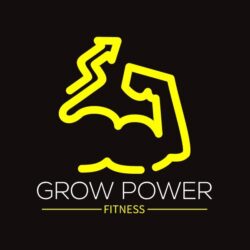1. Running Techniques: Proper running form is crucial for both injury prevention and improved performance. It is important to maintain good posture and engage the core muscles. Foot placement is another key aspect of running technique. Landing on the midfoot, rather than the heel or toes, can help reduce the risk of injury and improve efficiency. Arm movement should be relaxed and the arms should swing naturally back and forth in rhythm with the legs. Finally, proper breathing technique is essential for runners. Taking deep breaths and exhaling slowly can help maintain a steady pace and prevent cramping.
2. Training Programs: There are many different types of workouts that can help improve endurance and speed. Interval training involves alternating periods of high-intensity running with periods of rest or lower-intensity activity. Tempo runs involve keeping a steady pace that is slightly faster than normal. Long-distance runs are important for building endurance and can range from a few miles to a full marathon. Pre-made training plans for different levels of runners can be found online or from a personal trainer. Alternatively, customized training plans can be created based on an individual’s fitness goals and current level of fitness.
3. Nutrition for Running: Eating well before and after a run can assist to provide you the energy you need for a solid workout and speed up your recovery. While protein aids in muscle growth and repair, carbohydrates are crucial for providing the body with energy during physical activity. Dehydration can result in weariness and poor performance, therefore staying hydrated is also essential. Before, during, and after a run, you should always drink lots of water. For longer runs, electrolyte replacement drinks can also be helpful.
4. Running Gear: The caliber of a run can be significantly improved by using the correct equipment. Running shoes should cushion and support the feet appropriately, and they should be changed every 300-500 kilometers. Clothing should be light and breathable, and socks should wick away moisture to help avoid blisters. Running aids like hydration belts, GPS watches, and heart rate monitors can also be helpful.
In conclusion, effective running techniques and form, specialized training plans, healthy nutrition, and the right equipment are all crucial elements of a successful running routine. These are the areas that runners should concentrate on to enhance their performance, avoid injuries, and have a more enjoyable and productive running experience.
